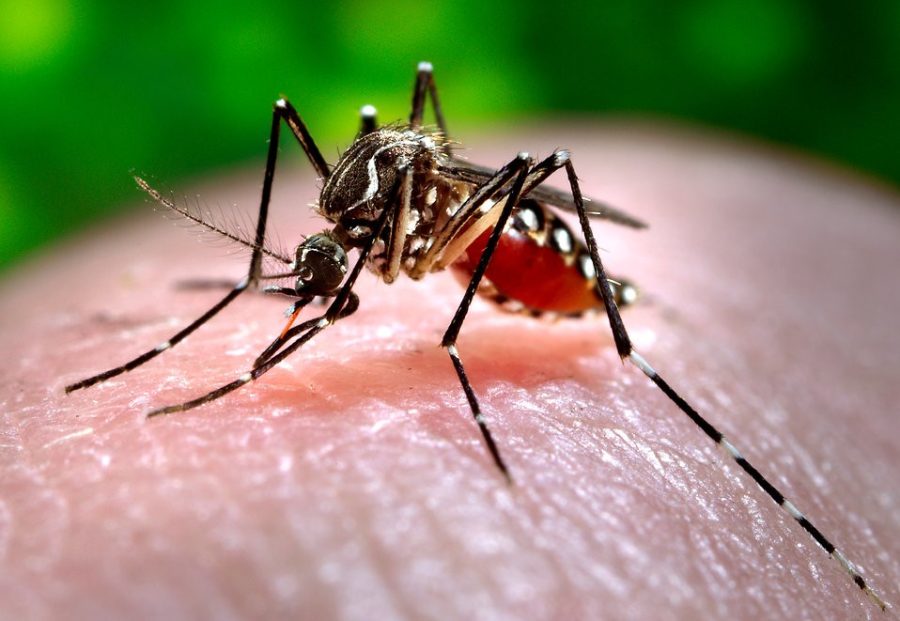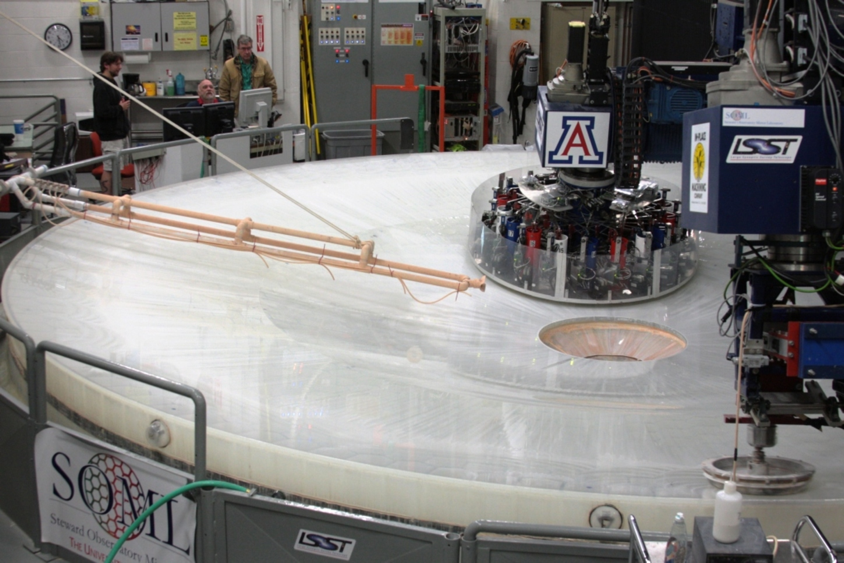If midterms have you down, take a break from studying and check out these four ground-breaking science stories from last week.
Analyzing how animals evolve and develop over time can tell us a lot about the environments they lived in, but sometime species develop so rapidly it is hard to develop a timeline. In the process of “adaptive radiation”, animals evolve from a single ancestor species into a myriad of new forms and adaptations. In horses for instance, researchers have long held that rapid evolutionary diversification was accompanied by major changes in teeth. New research appears to challenge that.

Paleontologist Juan Cantalapiedra of the German Museum für Naturkunde natural history museum was able to reconstruct the evolutionary tree of horses, which dates back 18 million years and includes 138 unique species. Out of these 138 different species, only 7 still exist today. Cantalapiedra and his team found that the animals adhered to only three distinct body sizes and all had similar teeth. Their reasoning is straightforward, arguing that North American grasslands would have been rich in resources, enough so that major adaptations to gain a competitive advantage may not have been necessary.
Malaria molecules entice mosquitoes
While you may choose where to get a burger through the review site Yelp, mosquitoes appear to have a similar strategy. The malaria-causing parasite Plasmodium falciparum contains a molecule known as HMBPP which, when released into the bloodstream, creates additional carbon dioxide.
While investigating HMBPP, biologists Noushin Emami and Ingrid Faye from Stockholm University found that mosquitos feed on malaria-infected individuals at a higher rate, and also consume more blood on average. The researchers believe that the extra release of CO2 from the HMBPP molecule helps attract more mosquitoes, since the insects use carbon CO2 as a marker of potential food.
RELATED: Biologists find key traits for species success
African penguins face challenges hunting
Young penguins in Africa rely on a few environmental hints to find food. Specifically, the birds are thought to be able to sense stress chemicals emitted by phytoplankton being eaten by sardines—the penguin’s food.

f the University of Exeter Environment and Sustainability Institute has found that human impacts such as climate change and overfishing have turned the once-helpful cue into what is called an ecological trap. Often seen on land but a first in the ocean, ecological traps draw animals in but do not offer the implied food source. In this case, researchers believe that the phytoplankton have begun to emit stress signals based on environmental quality, not fish predation.
Adult penguins have adapted to overcome this challenge by moving their hunting grounds.
RELATED: 11 graduate students receive recognition as Carson Scholars
Zika falls back to primates causing concern
A zoonotic disease is one that is transmitted from animals to humans. From rabies to influenza, these illnesses leave a legacy of suffering.

Transmission from humans to animals is also a possibility. Led by Barbara Han, an ecologist at the Cary Institute of Ecosystem Studies in New York, a recent study focused on the possibility of the Zika virus transferring back to primates — which could make it near impossible to truly eradicate the virus. If the virus does “spillback” into primates they would act as a host for the virus, spreading the infection between other primates and humans. Black-striped capuchin monkeys and common marmosets have already been identified to carry Zika in Brazil. If these animals infect their wild populations as well, spillback will be complete.
Follow Malik Shelp on Twitter.









